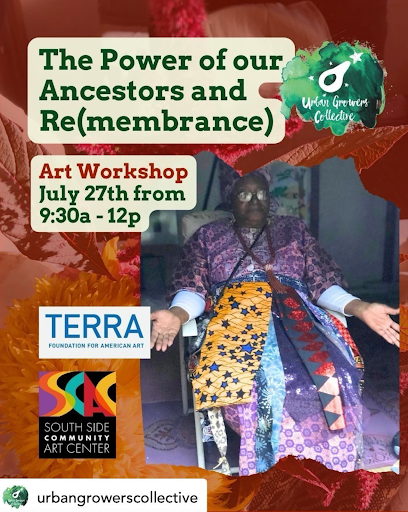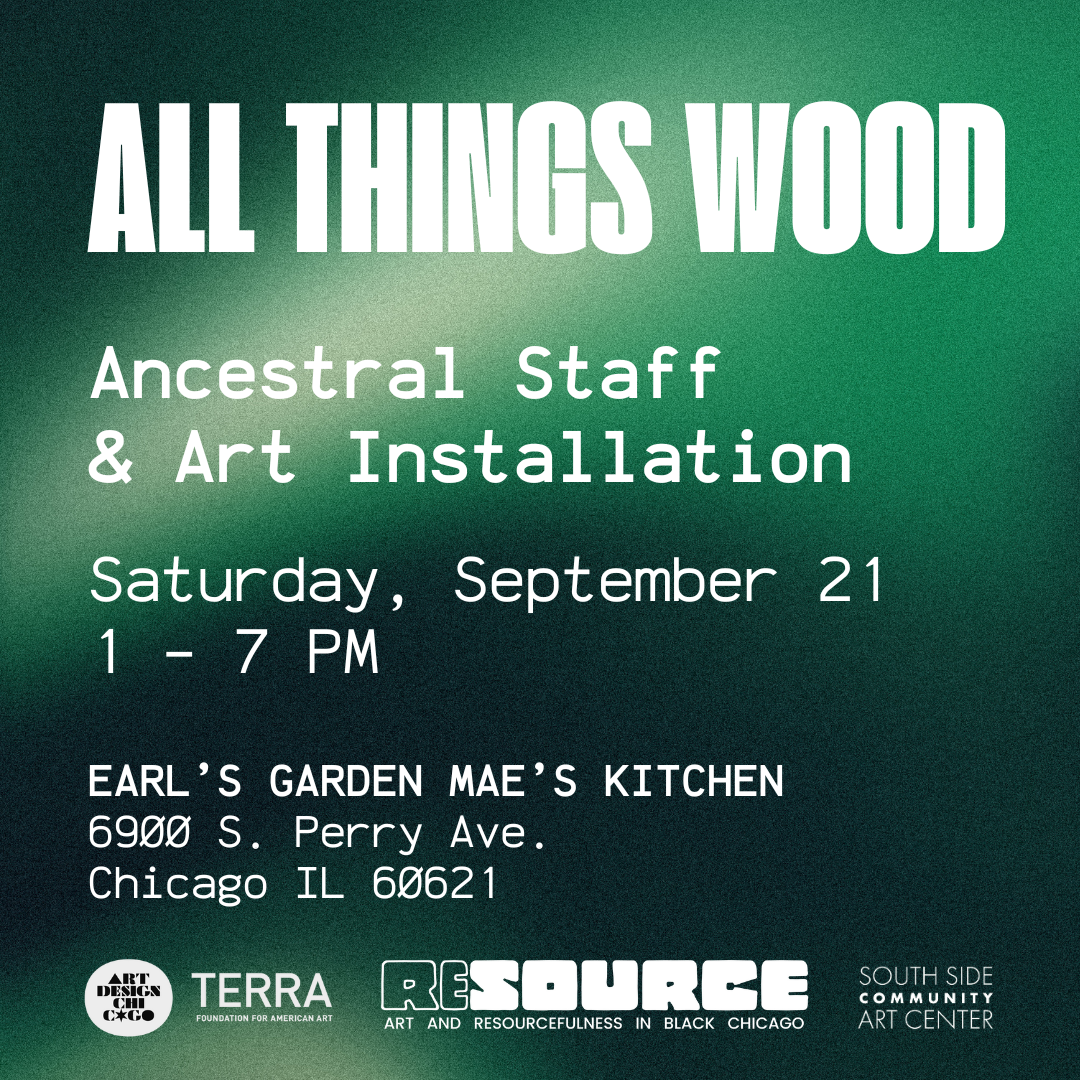
BLACK WOMEN ENTREPRENEURS AS WORLDBUILDERS
Join us for a conversation with several Black women creative entrepreneurs traversing fashion, vintage, and design here in Chicago. SSCAC is proud to host a panel of Black women […]

Join us for a conversation with several Black women creative entrepreneurs traversing fashion, vintage, and design here in Chicago. SSCAC is proud to host a panel of Black women […]

Join us for an artist talk moderated by Paul Branton! Paul Branton, artist and curator of SSCAC's current exhibition BendingLight, will facilitate an artist talk with the exhibiting artists of SSCAC's […]

Join us for Art After Hours powered by Gertie, with screenings from filmmakers Rachel Gadson and Briana Clearly! We're thrilled to host filmmakers Rachel Gadson and Briana Clearly […]

Exhibiting Artist Eli Greene | Curated by Amber Nax The South Side Community Art Center in partnership with ICI, presents “Adler & Adler”, a poignant artistic response by Chicago-based artist […]

From Jean Baptiste Point duSable, Ida B. Wells to Chairman Fred Hampton and Late Mayor Harold Washington and so many elders, we will share story, ritual and co-create a series […]

From Jean Baptiste Point DuSable, Ida B. Wells to Chairman Fred Hampton and Late Mayor Harold Washington and so many elders, we will share stories, rituals and co-create a series […]

Join SSCAC Archives and Collections Manager Lamar Gayles Jr. for a special program on Eselean Goree Henderson. Join us for a conversation with SSCAC Archives and Collections Manager Lamar […]

Local Chicago artist Candace Hunter will unveil a decorative bench depicting stories she gathered from Bronzeville residents about their experiences living in Bronzeville.

Join us on August 31st at Bronzeville Neighborhood Farm for a program as part of ReSOURCE: Art and Resourcefulness in Black Chicago. Artist Candace Hunter will unveil a public […]

Join us for the opening of ReSOURCE: Art and Resourcefulness in Black Chicago Visit the Virtual Experience

Join us for the opening of ReSOURCE: Art and Resourcefulness in Black Chicago

Join Earl’s Garden & Mae’s Kitchen for an evening of food, fun, and culture as we celebrate ten years of art and gardening. The Ancestral Staff and Art Installation is […]